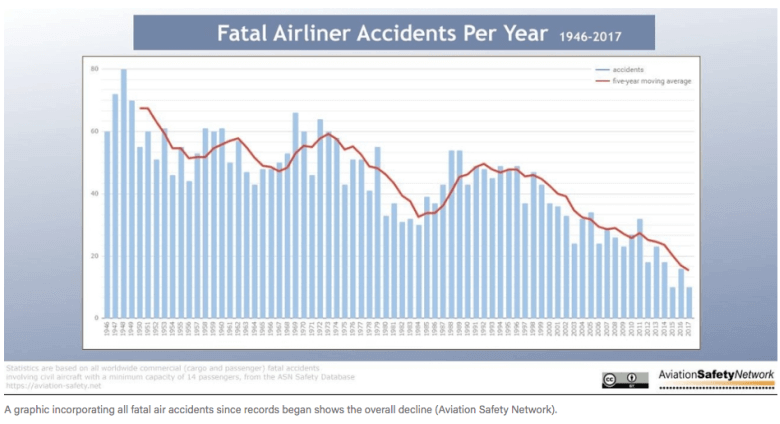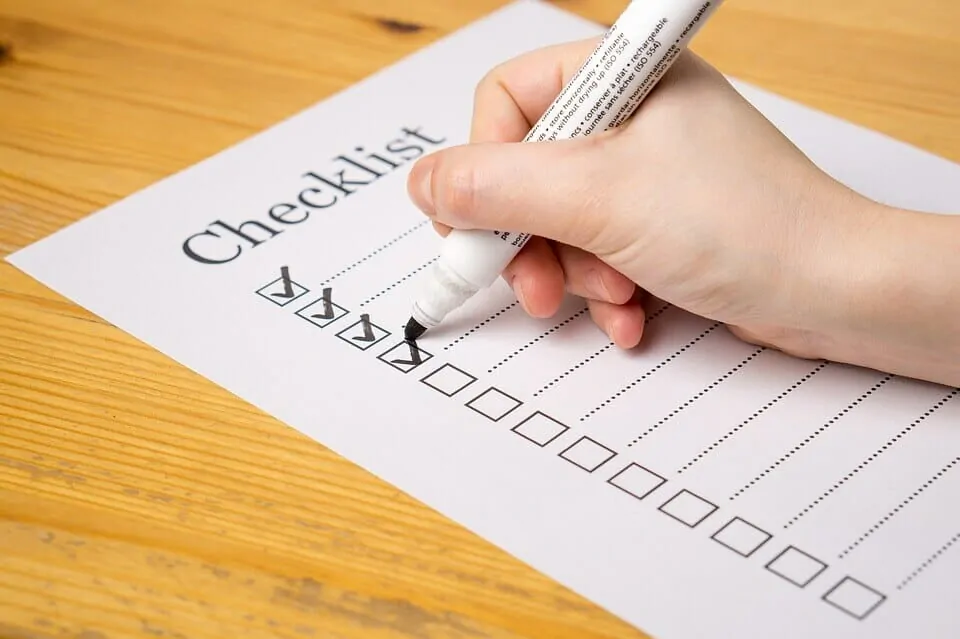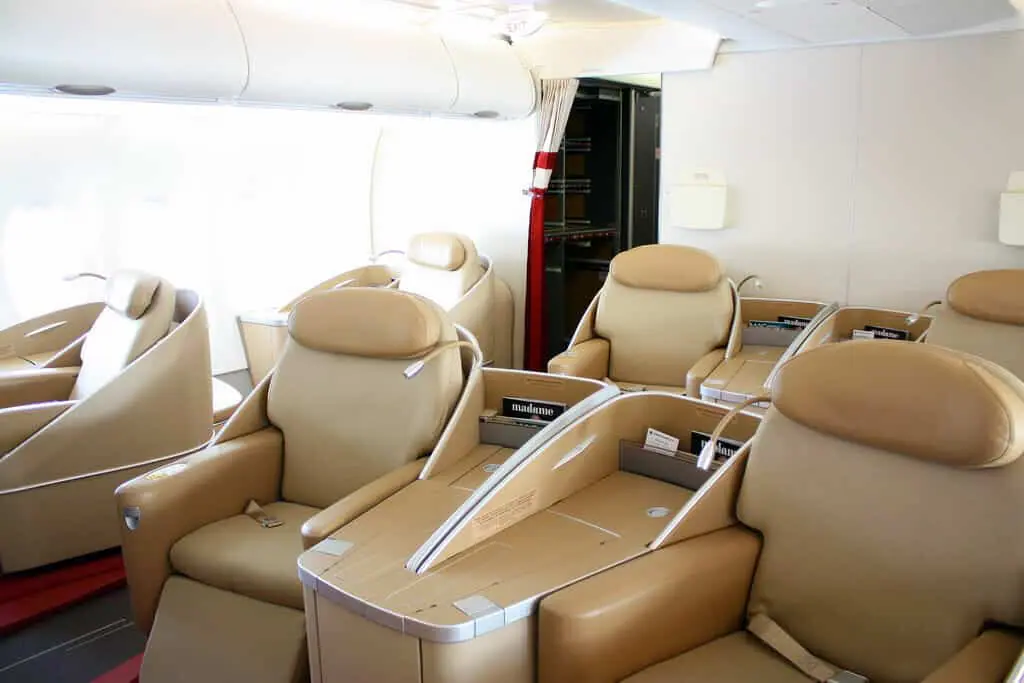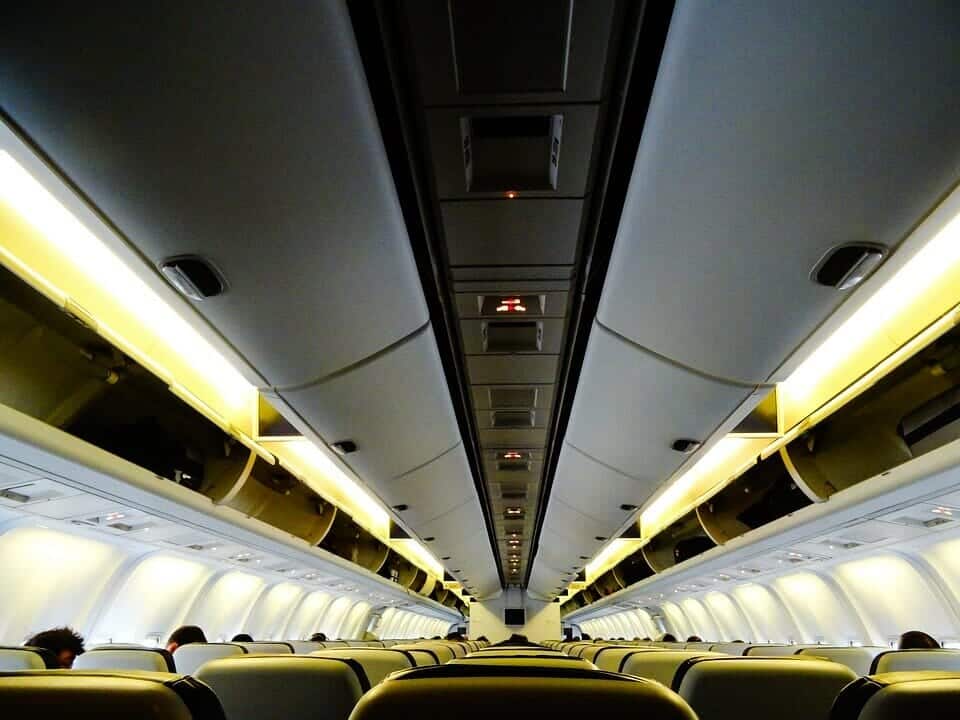Airline travel is one of the safest methods of transportation on earth. All airlines, including every staff and crew member, will always put safety first and it is the top priority for everyone in the aviation industry.
I can attest to that as I have worked in the aviation industry as a pilot for over 20 years. I have never once seen safety, not a top priority.
Air travel safety does not come without its challenges, however. Huge amounts of money and training are involved in certifying aircrew members to ensure your safety as a passenger on board a plane. Sometimes it may not seem that the aircrew has your best interest in mind, but trust me they do!
There are many things that you as a passenger can do to help the safety of yourself and others on board the plane. In this post, I will show you 10 Air Travel Safety Tips that you can use to ensure your flight is more comfortable and safe.
Is Airline Travel Safe?
This is a question that gets asked so often. Everyone who travels is always thinking about it. First-time air travelers often wonder if airline travel is safe ─ and just how safe is it?
The answer is, airline travel is the safest mode of transportation available. If you look at the numbers, flying is much safer than driving. It might feel more dangerous though because plane crashes are more catastrophic, they kill more people, and play into our fears of flying. Car crashes, on the other hand, occur daily and are constantly happening and spread the losses over more time, making their effects much less noticeable.
According to thenational.ae, globally in 2017, 4.1 billion passengers traveled by air, with a total of just 50 fatalities from accidents involving scheduled commercial flights.
Also according to IATA, International Air Transport Association, in 2015 there was one commercial jet accident per 4.5 million flights.
So is airline travel safe? Yes, it is.
Rules For Airplane Travel
There are many rules and regulations that must be followed when traveling by airplane. Not only do the legal rules need to be followed, but each airline will have its own guidelines and safety regulations as well. The policies and procedures could be different from one airline to the next.
My suggestion is to review the specific airlines’ guidelines prior to travel. Most of this information is available online, but you can always contact customer service via telephone.
I recently wrote an article explaining some pre-travel checklist items that will help you prepare. Also, more information regarding baggage limits, first-time flyers tips, and other air travel advice can be found here.
Here are 10 air travel safety tips that you should follow when traveling on all airlines.
#1. Flight Attendant Passenger Briefing – Safety Procedures

If you only end up listening to one of my tips on the list, hopefully, it’s this one. I can’t say this enough. It is so important that every passenger on board listens to the flight attendants passenger safety briefing.
I have been witness to thousands of passengers completely ignoring the safety briefings, despite the announcements that require you to do so. This briefing is something that only takes a few minutes of your time and could be critical in a life and death situation. Besides, what else are you doing anyway while sitting on the plane waiting to take off?
If you are sitting in the emergency exit row, the flight attendants will give you a special briefing on how to operate the door in the event of an emergency. They will only allow passengers who are willing and capable of accepting this responsibility to sit in this row.
Paying attention to the briefing and reading the safety card in the seat pouch just may save your life or someone else’s in the event of an emergency. As an airline pilot, I know the crew members will appreciate you paying attention. Avoid sleeping, playing games, reading the paper or talking during the briefing. Your life may depend on it!
#2. Keep Your Seat Belt Fastened At All Times
If you listen to the safety briefing, you will notice that you must keep your seat belt on at all times. Yes even when the seat belt sign is turned off, which only the pilots can do.
It is possible that the aircraft could experience turbulence unexpectedly, and serious injury could result if your belt is not fastened. Not only that, but serious injury to others is possible if you are not secure.
#3. Dress Properly
Not many people think of this but it is important to dress properly while traveling on an airplane. Being comfortable will help you move easier if needed, and also certain materials like cotton are known to protect your skin.
Also avoid high heel shoes, for obvious reasons. Not a great idea to be running from an airplane or going down an evacuation slide in high heels!
Here are 10 things you should never wear on board a plane.
#4. Be Aware Of Your Location On The Plane
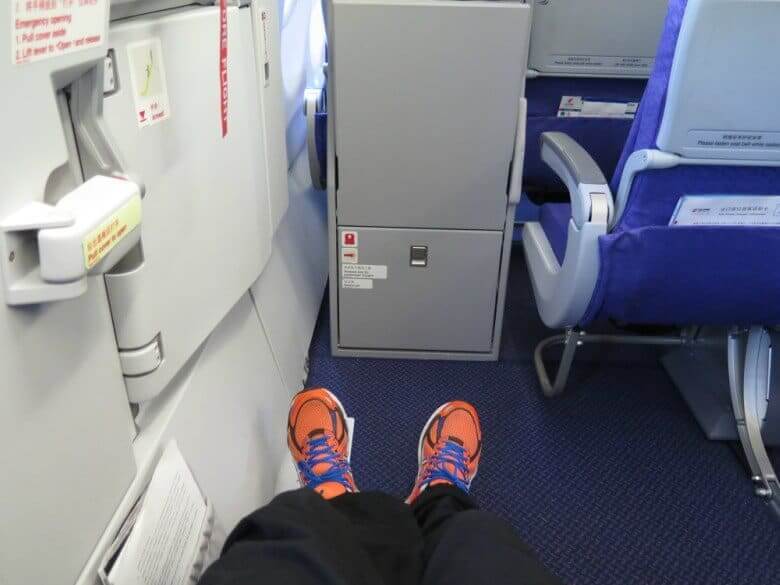
As part of the safety briefing mentioned earlier, you should always know where your seat is located in relation to the aircraft doors. Most large airliners will have emergency exits at the front, middle and back of the plane. Have a look to see which exit is closest to you in the event of an evacuation.
Also, know that the aircraft floor has illuminated lighting directions to point you in the direction of an exit if the visibility is reduced.
#5. Avoid Alcohol
It is very easy to become dehydrated on an aircraft. The longer the flight, the worse it can be. Make sure to drink lots of liquids. Water is hands down the best choice. If you can, try to avoid coffee, tea and fruit juices.
Alcoholic drinks are a poor choice when flying for many reasons. They don’t help combat dehydration. They also have a stronger effect in the thinner air of an aircraft at altitude. I have seen it far too many times, someone will have a few drinks in the air and it leads to a bad situation.
Alcohol also makes it tougher when trying to avoid jet lag.
#6. Have Respect For The Crew Members
I honestly can’t believe how many times I have seen aircrew members being treated poorly by passengers. Some people just have no respect for the people in charge of looking after them and saving their life when called upon.
Being rude, incompliant with rules, offensive, or harmful has no place on board an airplane. The airlines have strict policies in place to deal with passengers who behave badly. Most times it ends up in an arrest from police. This type of behavior is not acceptable; it has huge safety implications and won’t be tolerated in any way.
#7. Keep Heavy Objects Out Of The Overhead Bins
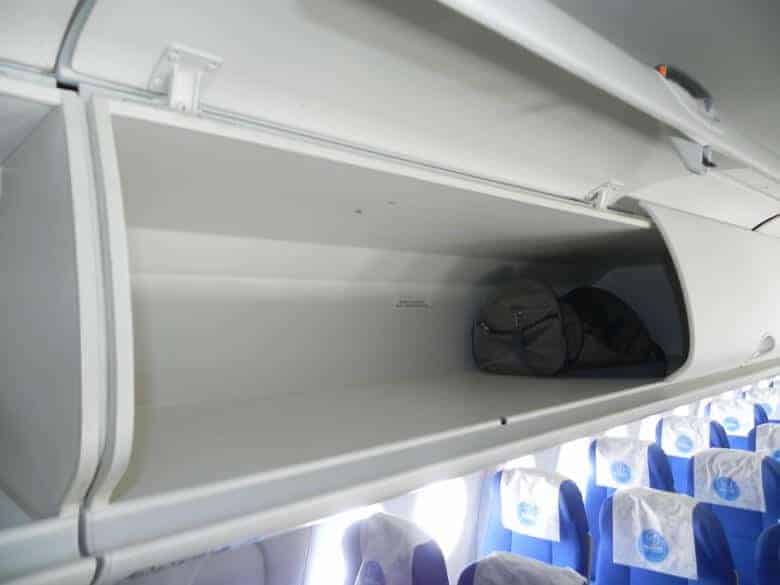
This is something to be aware of in the event of turbulence, that the overhead bins may accidentally open. This could cause injury to you or others around you. The overhead bins are for storing carry on items, not large heavy items. Larger items should be placed in the aircraft as checked luggage.
#8. Wear Air Compression Socks
If you are traveling on a long flight, you can periodically get up and move around to stretch. This is good for your health. It’s normal for your body to struggle with good blood circulation on longer flights. Walk up and down the aisles. Walk to the bathroom and back. You can even just stand in the aisle next to your row for a period of time. Even just doing some stretching or twisting movements in your seat will help. All these will reduce discomfort from swollen legs and feet and help prevents poor circulation problems and deep vein thrombosis.
Additionally, to help to prevent this, I highly recommend a pair of air travel compression socks. These will help prevent swelling and blood clotting on a long flight. They will help keep your circulation going. Perfect for swollen calves and ankles. Taking a little extra time to walk around the airport on your layovers or between flights just to get some extra exercise even if you don’t feel a need to do it can pay off towards the end of a really long journey.
#9. Oxygen Masks
Properly knowing how to use your oxygen mask is crucial. Every seat on board the plane should have an oxygen mask available above your head. This mask will automatically fall down in the event of an unequal pressure inside the aircraft cabin.
The first step is to always secure your own mask first before helping other people around you. This is very important due to the fact that you will not be able to help anyone if you are incapacitated. This will be demonstrated during the safety briefing as well.
#10 Emergency Evacuations
In the unlikely event of an emergency evacuation, it is very important to follow the procedures that are outlined by the crew members. This includes leaving behind your personal belongings like luggage.
Trying to get your carry-on baggage from under the seat or the overhead bin delays the evacuation. This puts yourself and others at risk.
Summary
As you can see, there are many things that you can do in order to stay safe on board the airplane. Following some basic rules will go along way in keeping yourself and others safe. I recommend following these 10 air travel safety tips for all flights you might travel on. The rules apply to everyone.
Hopefully, you enjoyed this guide and found it helpful.
Thanks for reading!


